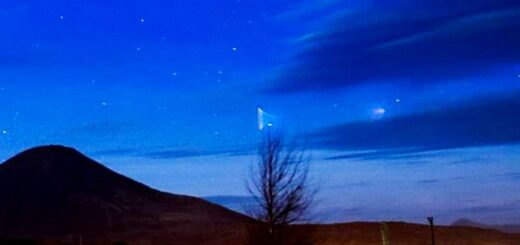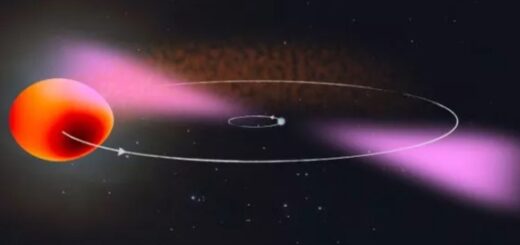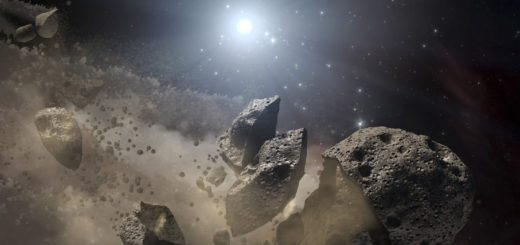Third Spectacular Episode Of The Supermoon Trilogy Happens On Jan 31, 2018

The Moon has been shrouded in mystery since the dawn of time.
It’s the second-brightest object in our sky after the Sun and the second-densest to be found in the Solar System, behind Jupiter’s Io. It’s also the fifth largest moon in diameter, only beaten by Io (Jupiter), Callisto (Jupiter), Titan (Saturn) and Ganymede (Jupiter).
The Moon has influenced life on Earth in many different ways. For a very long time, we’ve created calendars based on its phases.
The Moon’s gravitational interactions with our world and the Sun give us ocean tides and lengthen our days by a tiny amount.
It also surprises us with spectacular views.
Two latest ‘supermoons’ have already appeared; one on December 3, 2017, the second – on January 1, 2018, and the third – will appear on January 31, 2018.
First of all, the January 31st supermoon will feature a total lunar eclipse, with totality viewable from western North America across the pacific to Eastern Asia. The Moon’s orbit around our planet is tilted so it usually falls above or below the shadow of the Earth. About twice each year, a full Moon lines up perfectly with the Earth and Sun such that Earth’s shadow totally blocks the Sun’s light, which would normally reflect off the Moon.
“The lunar eclipse on January 31 will be visible during moonset. Folks in the Eastern United States, where the eclipse will be partial, will have to get up in the morning to see it,” notes Petro. “But it’s another great chance to watch the Moon.”
The Moon will lose its brightness and take on an eerie, fainter-than-normal glow from the scant sunlight that makes its way through Earth’s atmosphere. Often cast in a reddish hue because of the way the atmosphere bends the light, totally eclipsed Moons are sometimes called ‘blood Moons.’
“We’re seeing all of the Earth’s sunrises and sunsets at that moment reflected from the surface of the Moon,” says Sarah Noble, a Program Scientist at NASA headquarters.
The January 31st supermoon will also be the second full Moon of the month. Some people call the second full Moon in a month a Blue Moon, that makes it a super ‘blue Moon.’ Blue Moons happen every two and a half years, on average. With the total eclipse, it’ll be a royal spectacle indeed: a ‘super blue blood’ Moon.



 Creators of mankind
Creators of mankind Description of “Tall white aliens”
Description of “Tall white aliens” Where they came from?
Where they came from? About hostile civilizations
About hostile civilizations The war for the Earth
The war for the Earth “Tall white aliens” about eternal life
“Tall white aliens” about eternal life Video: “Nordic aliens”
Video: “Nordic aliens” Aliens
Aliens Alien encounters
Alien encounters The aliens base
The aliens base UFO
UFO Technology UFO
Technology UFO Underground civilization
Underground civilization Ancient alien artifacts
Ancient alien artifacts Military and UFO
Military and UFO Mysteries and hypotheses
Mysteries and hypotheses Scientific facts
Scientific facts


















